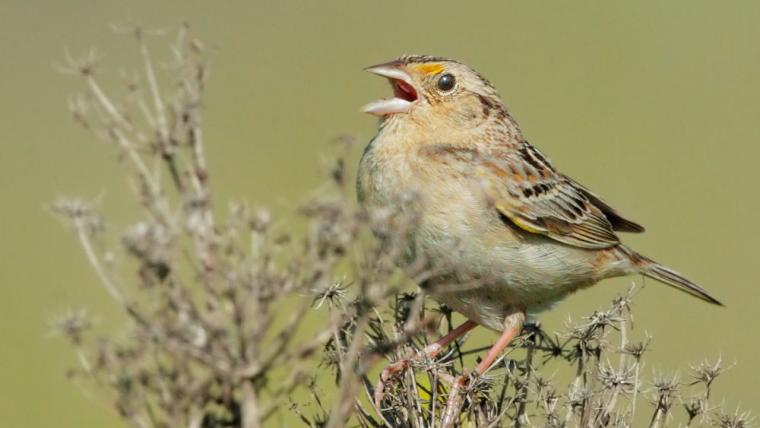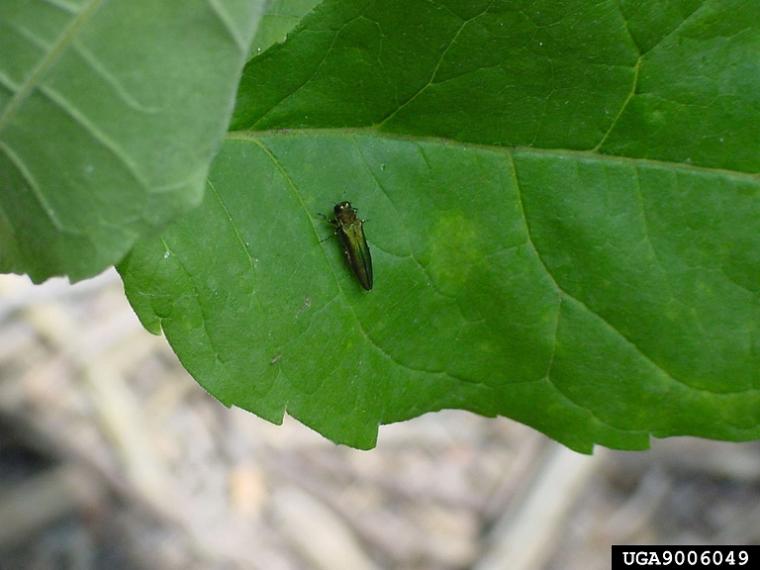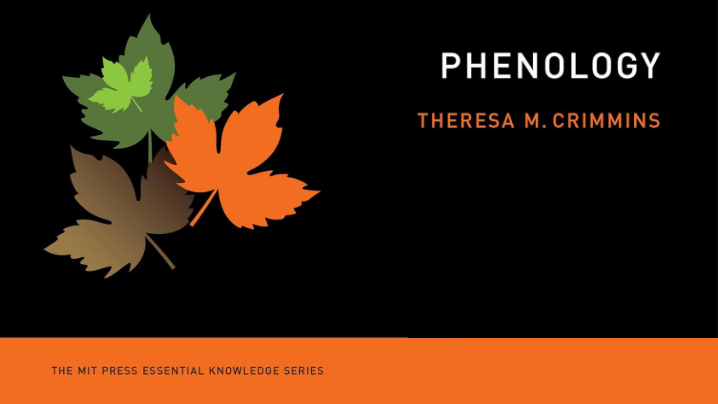
Phenology (a book!) is out now!
USA-NPN Director Theresa Crimmins' first book, Phenology, is available now on Amazon, Barnes and Noble, Books a Million, and more. Use code READMIT20 for 20% off orders through

USA-NPN Director Theresa Crimmins' first book, Phenology, is available now on Amazon, Barnes and Noble, Books a Million, and more. Use code READMIT20 for 20% off orders through
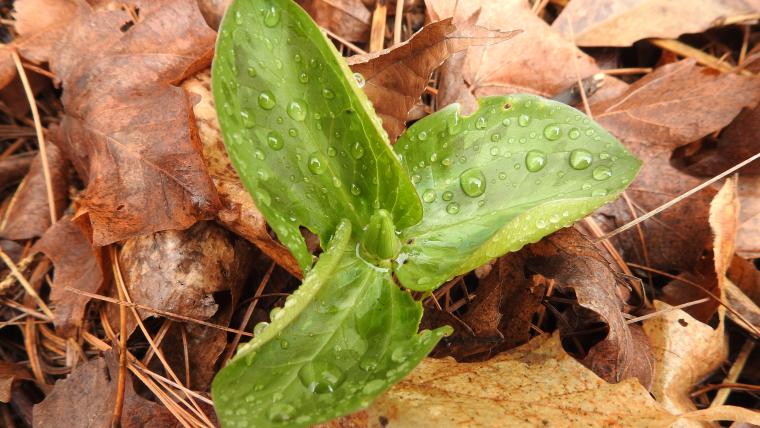
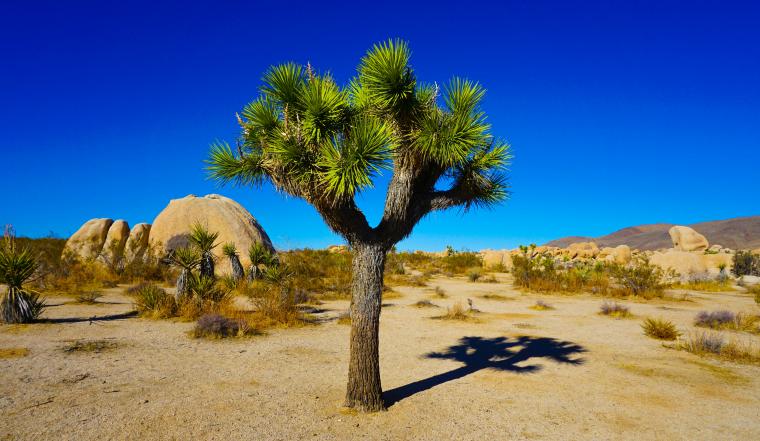
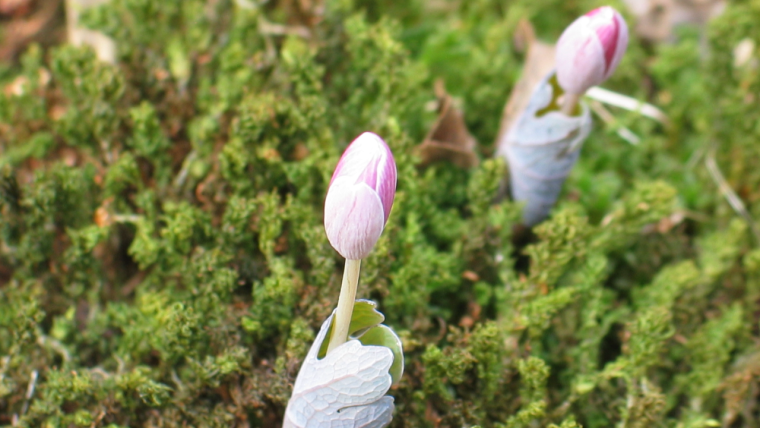
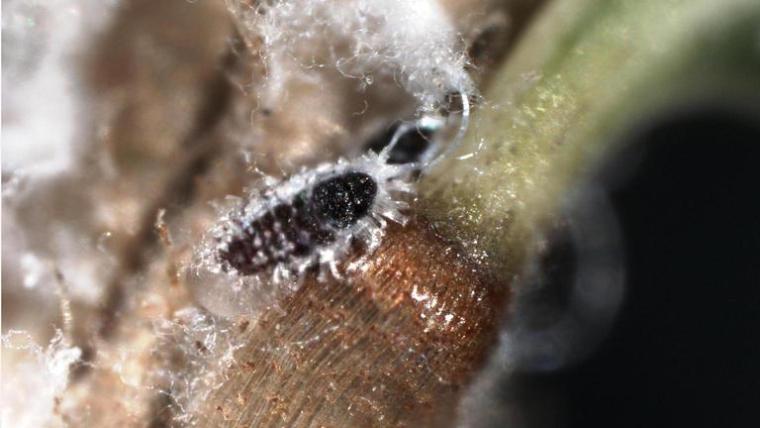
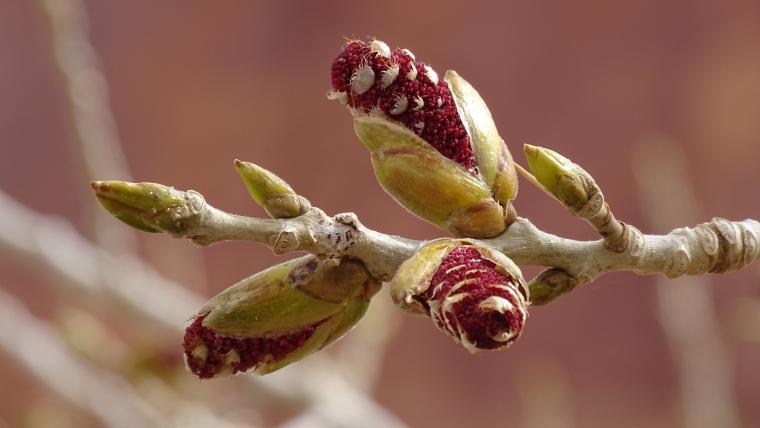
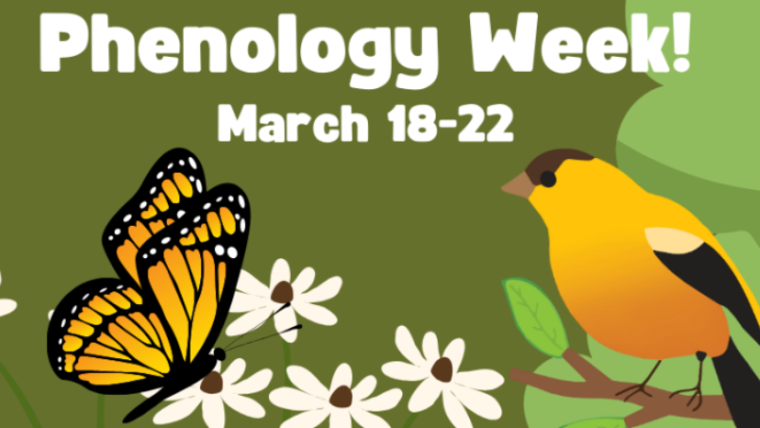
March 17-21, 2025
March 16-20, 2026
March 18-22, 2024 is Phenology Week - a virtual celebration of the seasonal cycles of plants and animals! The purpose of Phenology Week is to celebrate YOU, our Nature's Notebook observers, Local Phenology Programs, and partners! We'll have webinars, awards, daily challenges, observer stories, and more!
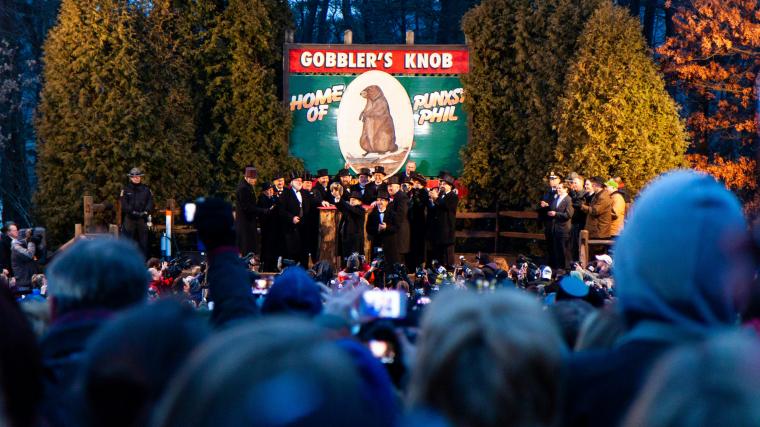
Each year, people gather to hear Punxsutawney Phil's prediction of what the next six weeks of weather will bring. This year, Phil predicted an early spring! But what does the science say?
